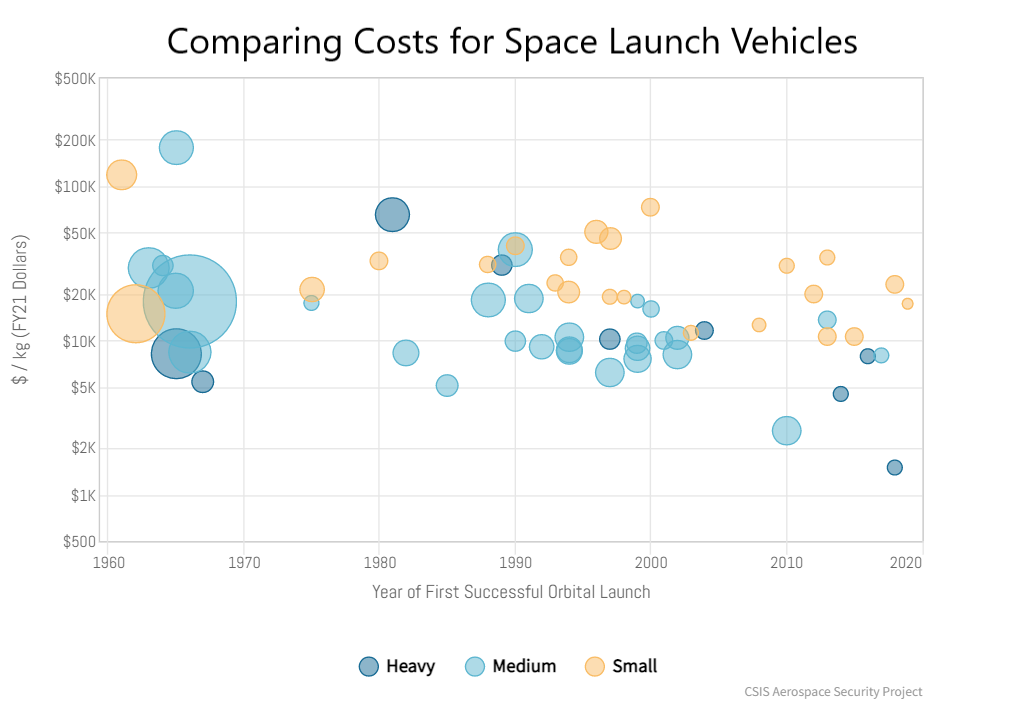This year, Congress is considering passing the Securing a Strong Retirement Act of 2022. This is known as Secure 2.0. The Act was designed to make it easier for Americans to reach their retirement goals. As of April 14, 2022, the bill was still with the Senate. It is built on the foundation provided by the previous version of the Secure Act that was passed in 2019. Let’s see what it means to you and your retirement.
What Secure 2.0 Means
The SECURE Act was passed as a part of the year-end appropriations act in 2021. The bill included provisions to prevent Americans from outliving their retirement savings. Longer lifespans mean that what was once adequate for retirement will not run out before the person reaches the end of their life. This leaves many older Americans in a desperate situation as they age.
Some of the main achievements of the original SECURE act include:
- Easier for small businesses to set up “safe harbor” retirement plans.
- Part-time workers eligible to participate in an employee-sponsored retirement plan.
- Pushed back the age for required minimum distributions to 72.
- Non-spouses who inherit IRAs must empty the account within 10 years.
- 401(k) plans offer annuities.
Secure 2.0 expands the provisions of the SECURE Act. This Act expands auto-enrollment and auto-escalation of personal contributions to employer-sponsored retirement plans. What this means is that new employees would automatically be required to enroll in 401(k) and 403(b) plans at a rate of at least 3 percent. This amount would automatically rise by 1 percent each year until the employee contribution reaches 10 percent.
The required minimum distribution would also go up from 72 to age 75 in Secure 2.0. This latest version of the bill does not affect workers who do not have access to an employee-sponsored retirement plan, but it will help boost the savings of those who do.
Limits on Conversions
One of the effects of Secure 2.0 is that it eliminates “back-door” conversions. This type of conversion occurs when someone converts a traditional IRA into a Roth. This was once a favorite tax shelter of the wealthy. This Act bans these types of conversions for those that meet certain income levels.
Another effect of the Act is that it would bar IRA contributions for those who make over $10 million and who also have an annual income of over $400,000. Accounts exceeding $20 million would be required to make withdrawals if the new Act passes. This class of account holders would also be barred from converting a traditional IRA into a Roth.

What Does This Mean for the Average Retirement Account?
For those who do not have accounts over $10 million and income of over $400,000, Secure 2.0 allows many to boost the amount of Roth money in the account. In some cases, it even mandates contributions to Roth accounts. However, this can have major tax consequences and could create traps for some taxpayers.
With a traditional IRA, the account is funded with pre-tax money, but you will have to pay taxes when you begin to take distributions. This means that you will keep less of your withdrawals at a time when you need them the most.
With a Roth IRA, the contribution is taken out after you have already paid taxes on the entire income amount. You will not have to pay taxes when you begin making withdrawals. This means more money to pay expenses in your retirement years.
One of the key concerns is that some employers feel that their employees will not be able to comprehend the tax advantages of a Roth IRA, so they only offer traditional IRAs. One of the arguments in favor of this approach is that this reduces the current income and allows employees to take advantage of other tax breaks now.
The problem with this thinking is that this one-size-fits-all approach does not work for all taxpayers. In some cases, taxpayers would be better off putting the money into a Roth IRA and taking advantage of those tax savings. When you consider the compounding effect of the money in the retirement account, saving money on taxes now is a one-time event. It only amounts to greater security if the employee then puts it into a Roth IRA.
For instance, a tax savings of $100 puts more money into the pocket of the employee that they can use for expenses, entertainment, or any other reason. If the employee were able to invest that same $100 in a Roth IRA with a historical rate of return of 7-10 percent, it would be worth $200.97 in ten years. This is based on only just the one-time deposit amount and no other contributions. The same $100 doubles in a 10-year time period without any additional action. You can see how this works using this compound interest calculator.
This is the reasoning behind the Secure 2.0 Act. The Act requires enrollment in a 401(k), 403(b), or SIMPLE IRA plan. Money saved on taxes during a person’s working years is more likely to be spent on unnecessary expenses rather than being invested and turned into savings for when the person does not have the additional income to rely upon.

Increases Available Plans and Catch-Up Amounts
Another effect of the Secure 2.0 Act is that it provides incentives for small employers to offer plans. When small employers start a retirement plan, they can receive a start-up credit of 100 percent for the first three years. This is a big saving for employers who choose to offer plans for their employees.
Currently, if you are behind in your retirement savings, the Secure 2.0 Act will allow you to increase the catch-up amount from $6,500 to $10,000 a year. To qualify for this catch-up amount, you must be between 62 and 64 years old.
For the average person who does not have the amount needed to be on track for retirement, the Secure 2.0 Act provides an opportunity to catch up and build the long-term savings you need. The most important thing, whether you are approaching retirement age or just beginning your retirement planning journey, is to take advantage of compounding to help you reach your retirement goals.



